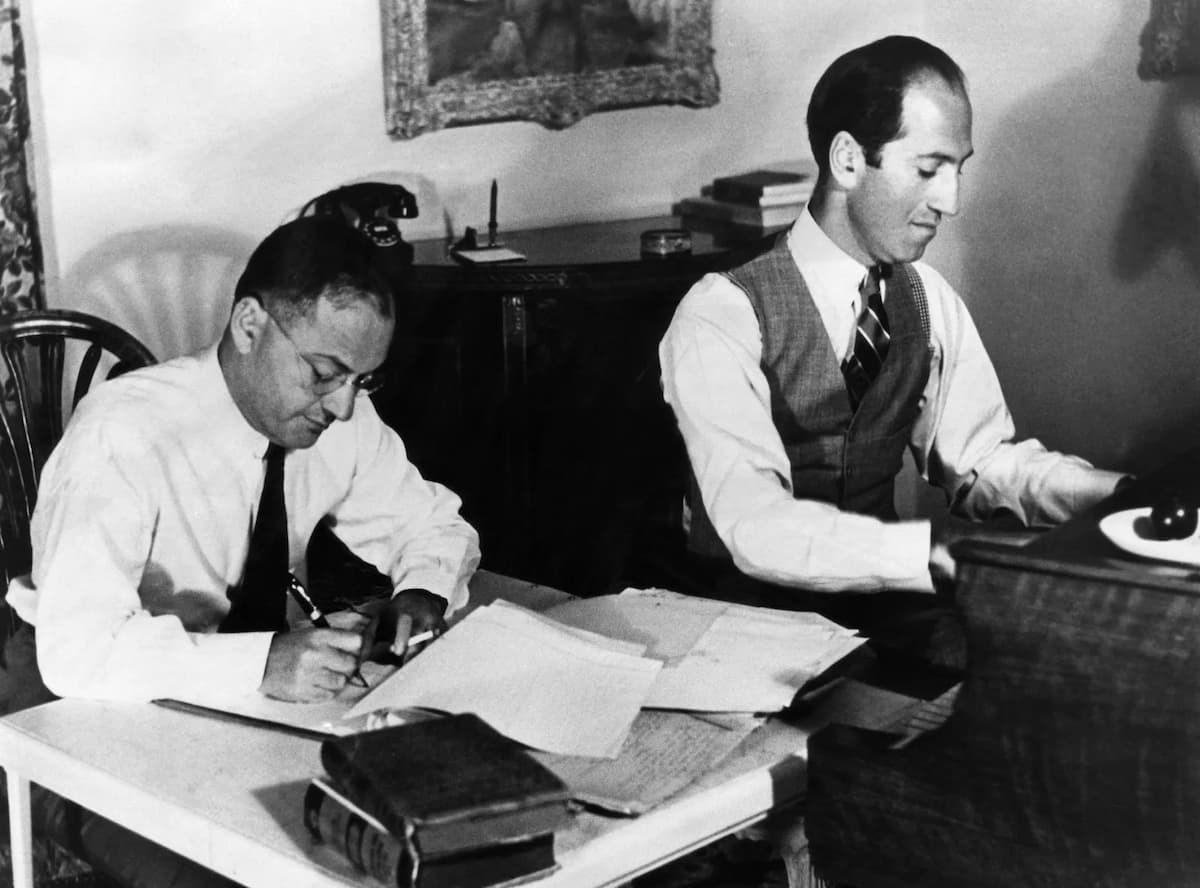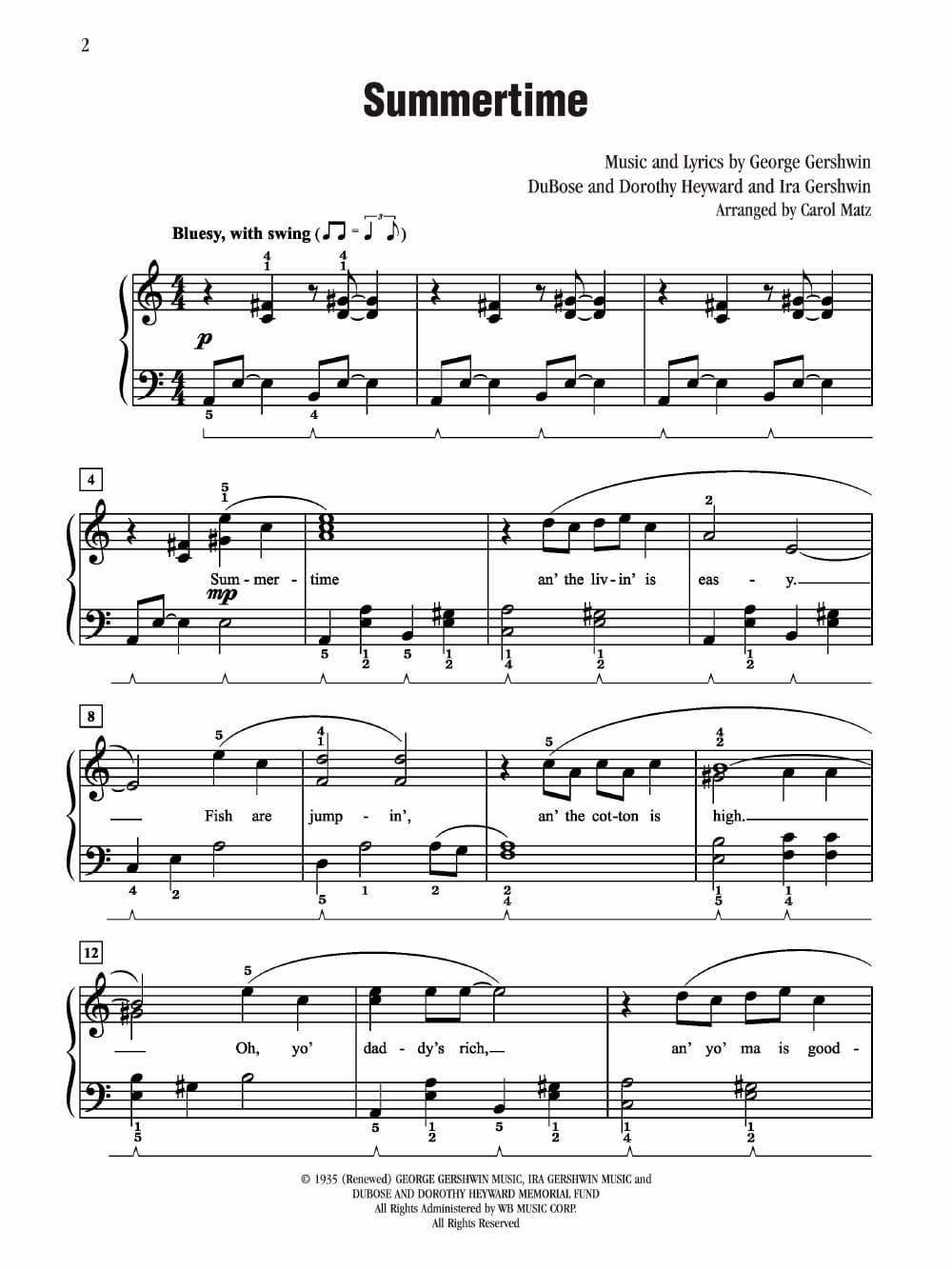On 30 September 1935, the Colonial Theatre in Boston, Massachusetts, hosted the world premiere performance of Porgy and Bess by George Gershwin. It was the try-out run for the first Broadway showing at Alvin Theatre in New York City on 10 October 1935. One of the most celebrated American works of the 20th century, Porgy and Bess still stands at the vulnerable intersection of race, class, gender, and disability.
George Gershwin: Porgy and Bess, “Bess, you is my woman now”
Synopsis

Porgy and Bess in Boston, 30 September, 1935
The action is set amongst the African-American community living in Catfish Row, a fictional impoverished slum of Charlotte, South Carolina. It tells the story of Porgy, a disabled beggar, and his attempt to save Bess from her possessive and violent man, Crown. The triggering action is Crown killing a man during a brawl, an incident that forces him to flee and hide from the police.
Love blossoms between Porgy and Bess, and when Porgy kills Crown and gets arrested, Bess has nobody left in town and resigns to accept a proposal of a drug dealer to go to New York. However, Porgy is not convicted and he is released. The opera closes with him leaving for the Big City determined to find his Bess.
George Gershwin: Porgy and Bess, “Leaving for the Promise’ Lan”
Folk Opera

Gershwin called Porgy and Bess a folk opera, and he was proud that, although intended to emulate genuine black folk music, all the tunes were original. In fact, he was delighted to bring to the operatic form elements that had never before appeared in opera. Yet, the operatic pedigree has been questioned. After the Boston try-out, Gershwin made massive cuts to shorten playing time, tighten the drama, and ease the demands on the singers.
As Richard Crawford writes, “the popularity of some numbers as songs outside the show seem to confirm the idea that its appeal resides in individual numbers and not dramatic continuity.” As for the folk aspect, “a tale about southern blacks by a white novelist, set to music by a New York-based Jewish songwriter-lyricist team that played on Broadway, was easy to criticise on grounds of authenticity.” It also pointed to racial stereotyping, with “feckless but violent people, given to singing or brawling their troubles away.”
George Gershwin: Porgy and Bess, “I got plenty o’ nuttin”
Racial Aspects

Colonial Theatre in Boston
When it came to Porgy and Bess, the racial aspects of the opera elicited rather severe public and critical reaction. The composer Virgil Thomson called it “crooked folklore and half-way opera, a strong but crippled work with recitatives as ineffective as anything I’ve heard.” He also slammed Gershwin’s “fidgety accompaniments, over-rich and vulgar scoring, gefilte fish orchestration and lack of understanding of all the major problems of form, continuity and serious or direct musical expression.”
But the most scathing censure came from black artists at the time. Duke Ellington wrote “Gershwin has borrowed from everyone from Liszt to a kazoo band but has only produced lampblack Negroisms.” One critic suggested, “the cast members needed to be darker, or at least to make themselves up,” and the opera was called “a superficial and invidious form of Negroesque minstrelsy.” When Hollywood produced a movie adaptation in 1959, Harry Belafonte refused the lead role because “all that crap-shooting and razors and lust and cocaine is the old conception of the Negro.”
George Gershwin: Porgy and Bess, “There’s a boat dat’s leaving soon”
Music

Gershwin’s Summertime
For Porgy and Bess, Gershwin wrote songs of remarkable variety, specifically in the free-standing numbers. He strongly believed that the emotions of his principal characters do not need operatic dramaturgy to make an impact. The principal characters, as members of a larger community, are created through communal song. As a critic writes, “the residents of Catfish Row sing their own richly varied self-portrait.” Gershwin’s art of melody is not confined to arias and choruses, but can be gleamed in recitatives and declamatory passages as well.
As Richard Crawford writes, “Now it seems obvious that Porgy and Bess deserves consideration as a successful work of art, proved by over half a century of performers’ commitment and audience acceptance, and worthy of being studied and appreciated on its own terms.” It is a staged, fully sung drama that uses operatic techniques such as recitatives, arias, and leitmotifs, about an American ethnic community. And Gershwin strongly felt that he understood the music of that community as an outsider.
For more of the best in classical music, sign up for our E-Newsletter
